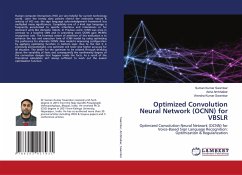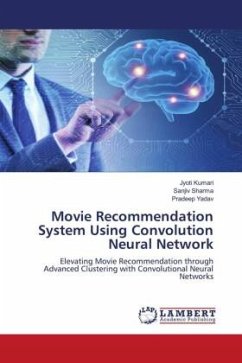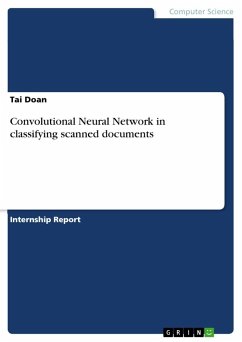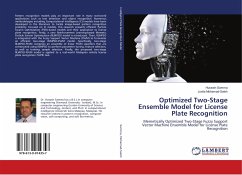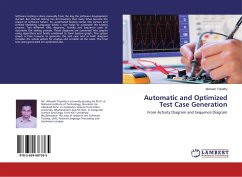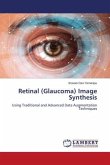Human-computer-interactions (HCI) are very helpful for current technology world. Later the trendy data policies restrict the instinctive nature & velocity of HCI use, the sign language acknowledgement framework has multiplied many significances. Completely one of a kind sign language is frequently accustomed to specific intentions and intonations or for dominant units like domestic robots. In Previous work, ICNN was once in contrast to a baseline CNN and in preceding work OCNN gain 99.96% recognition rate. The foremost centre of attention of this evaluation is to enhance the loss and execution time of ICNN model by using optimizing the preference for alternate OCNN. New model is improving configuration by applying optimizing function in bottom layer. Due to the fact it is previously acknowledged, one optimizer will never give higher accuracy for all situation. The desire for the optimizer to be created through thinking about the variability of facts and consequently the nonlinearity degree of the connection designs that happen inside the facts. As a result of the theoretical calculation isn't always sufficient to work out the easiest optimization function.

